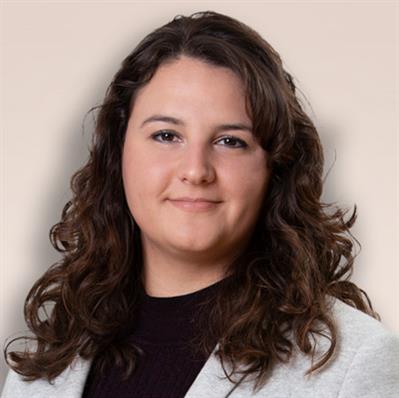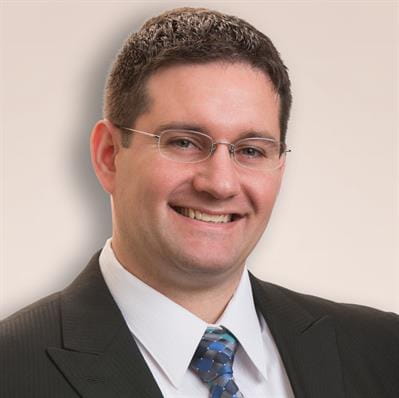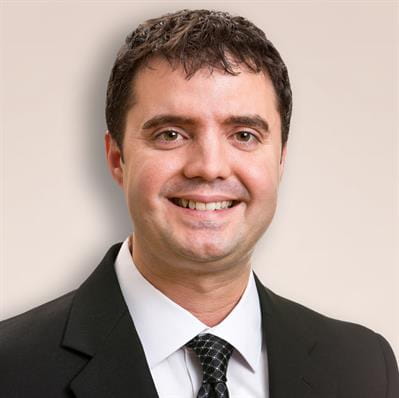Frozen Shoulder Syndrome
OPA treats a wide variety of shoulder conditions and offers comprehensive treatment options — including many non-surgical solutions.
What is Frozen Shoulder Syndrome?
The humerus, scapula, and clavicle bones form the shoulder joint. The shoulder capsule is a band of connective tissue that covers the head of the humerus and glenoid cavity of the scapula. The shoulder capsule helps stabilize the shoulder. Synovial fluid inside the capsule helps the move the shoulder.
Frozen shoulder occurs when the shoulder capsule thickens, adhesions form and synovial fluid decreases. Frozen shoulder occurs gradually over several months or years.
Common Causes:
-
- Untreated shoulder injuries
- Shoulder fractures
- Diabetes
Symptoms of Frozen Shoulder Syndrome include:
-
- Pain (often severe)
- Decreased range of motion
- Inability to move the shoulder and arm
If diagnosed in its early stages, frozen shoulder is much easier to treat. Orthopedic Physicians Alaska (OPA) team of shoulder specialists use the following to accurately diagnose frozen shoulder:
-
- A medical, injury, and symptom history review
- A physical examination
- Multiple view x-rays
Once an official diagnosis is made, a customized treatment plan is prescribed. Treatment plans decrease symptoms as quickly as possible.
Common Treatments:
After an OPA specialist diagnosis a frozen shoulder and determines its severity, a customized treatment plan is prescribed.
Nonsurgical treatment options treat the majority of cases of frozen shoulder.
Physical Therapy
Closed Reduction
A noninvasive procedure performed under general anesthesia. An OPA specialist manipulates the your shoulder to stretch tight ligaments, tendons, and muscles and loosen scar tissue.
Arthroscopic Surgery
Schedule Appointment with Our Shoulder Team
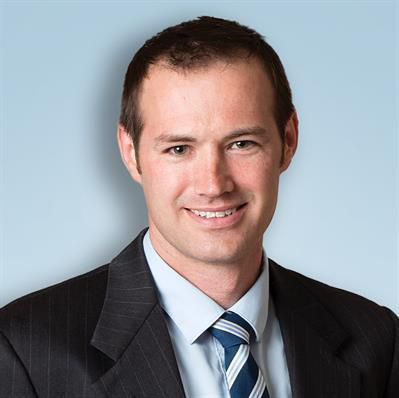
Shoulder
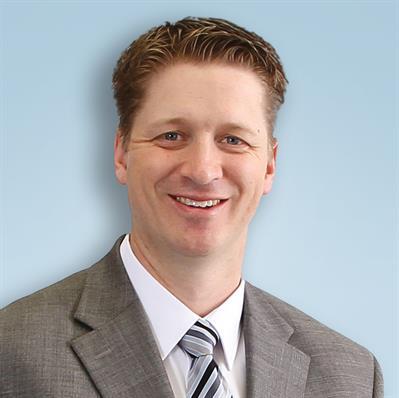
Sports Medicine

Joint Replacement

Sports Medicine
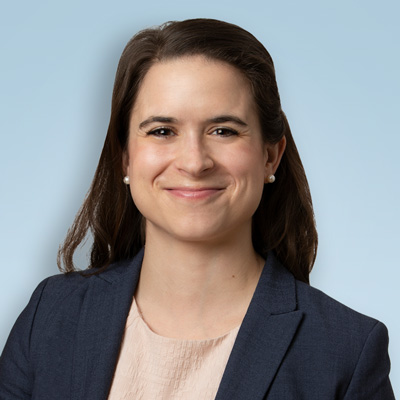
Shoulder
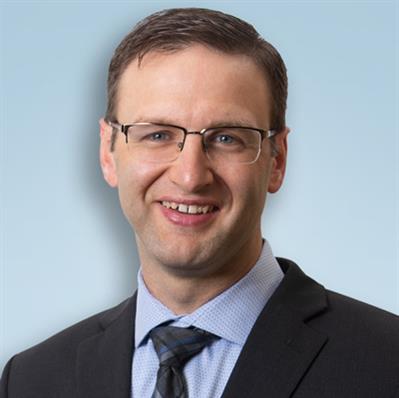
Shoulder
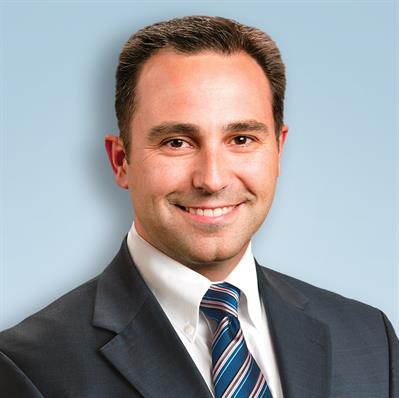
Sports Medicine
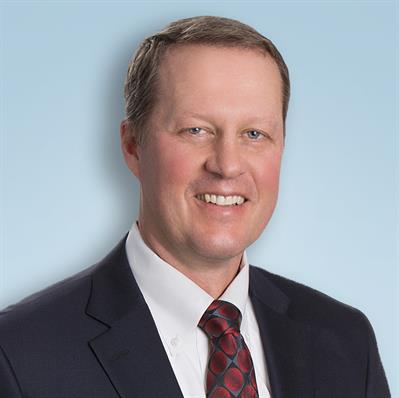
Joint Replacement

Joint Replacement

Joint Replacement
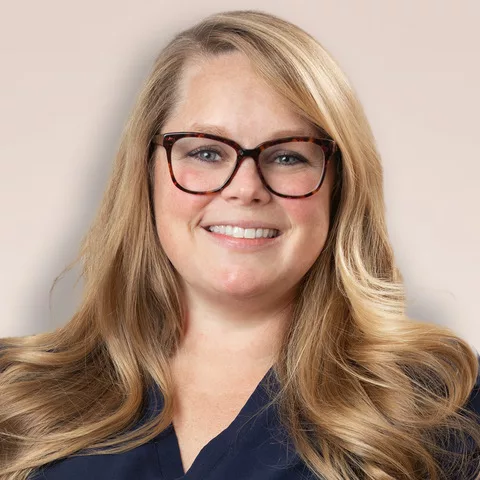
Shoulder
Questions?
The OPA team includes Alaska’s leading specialists and offers some of the latest, most advanced treatment procedures available today.
OPA treats a wide variety of conditions and offers comprehensive treatment options — including many non-surgical solutions, minimally invasive arthroscopies (repairs) and total joint replacement.




